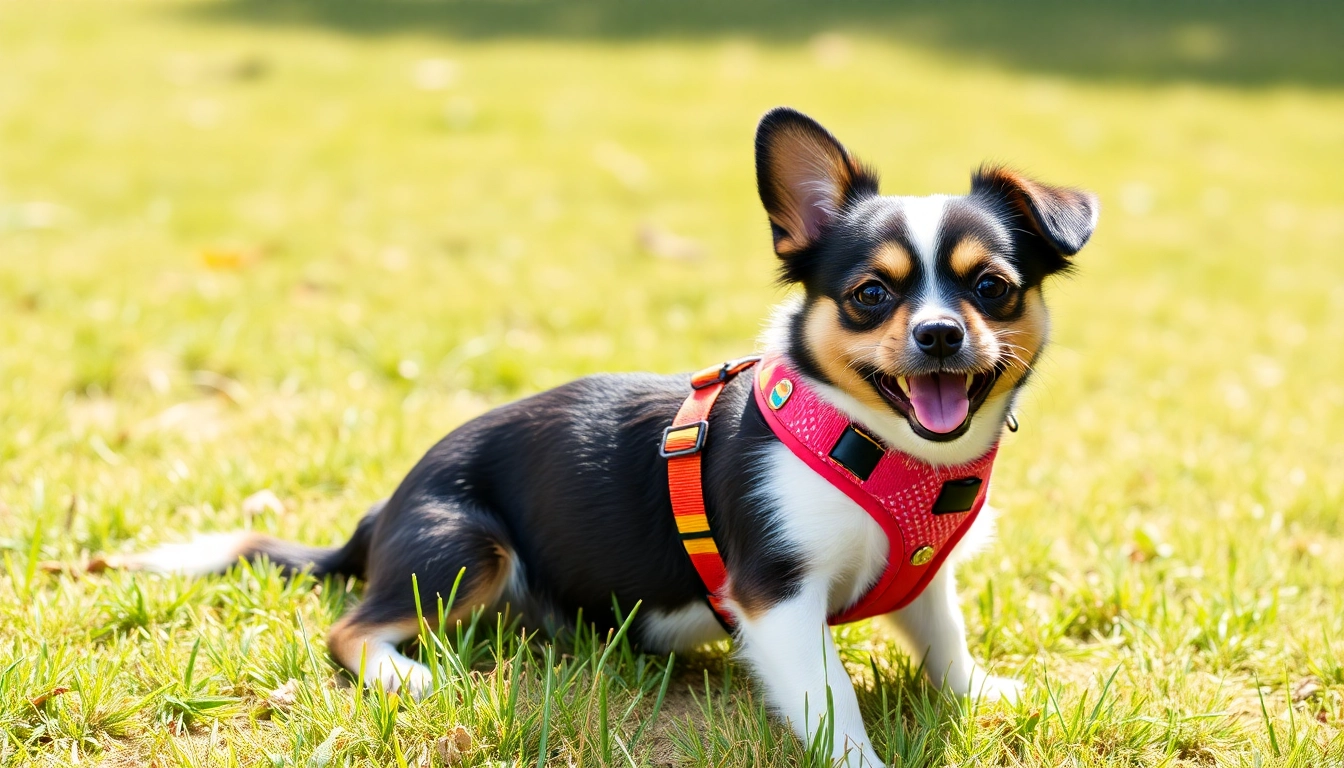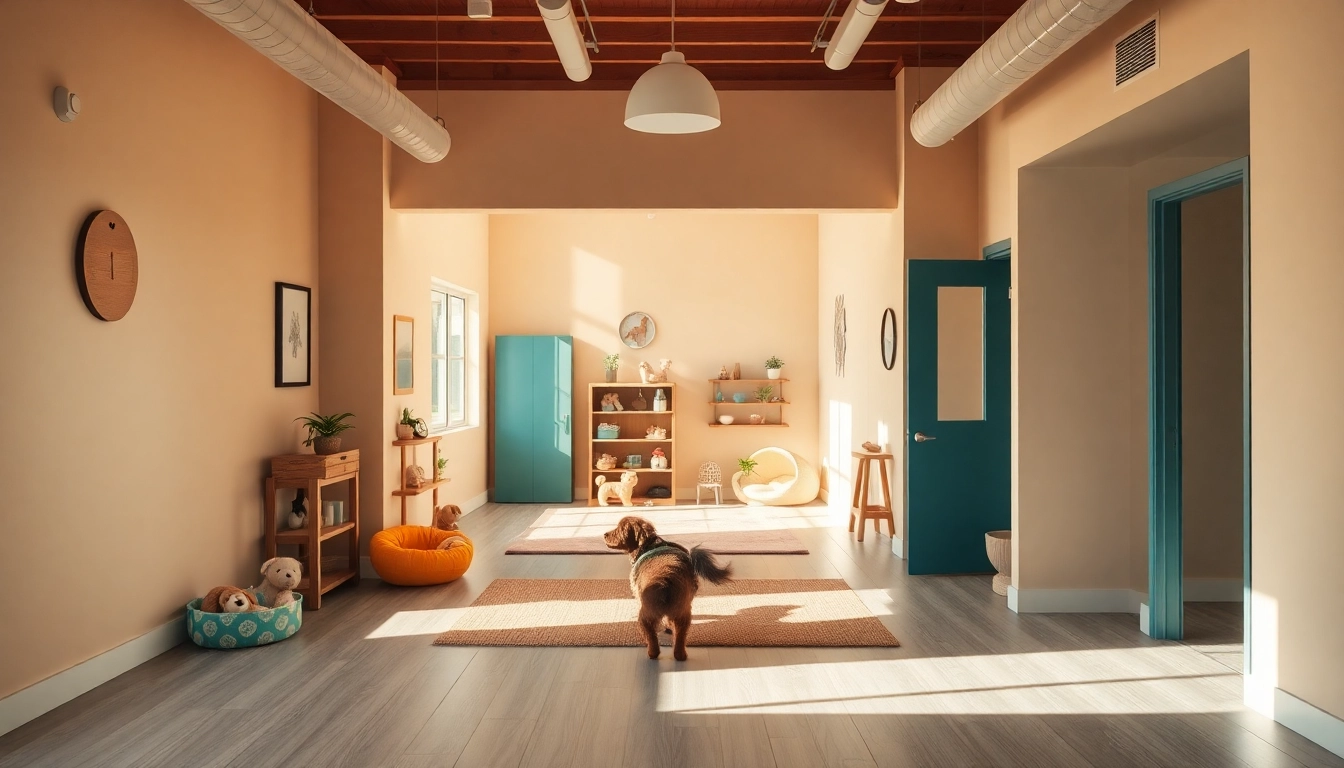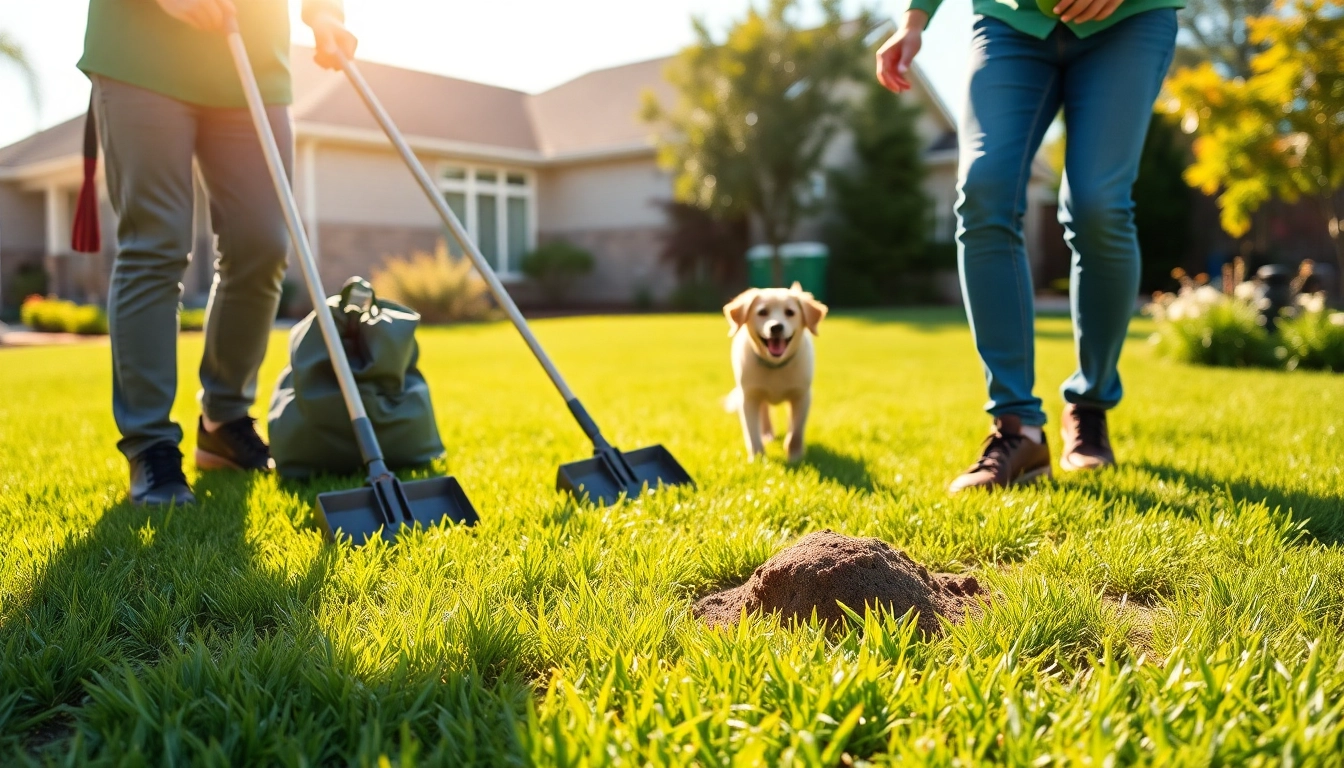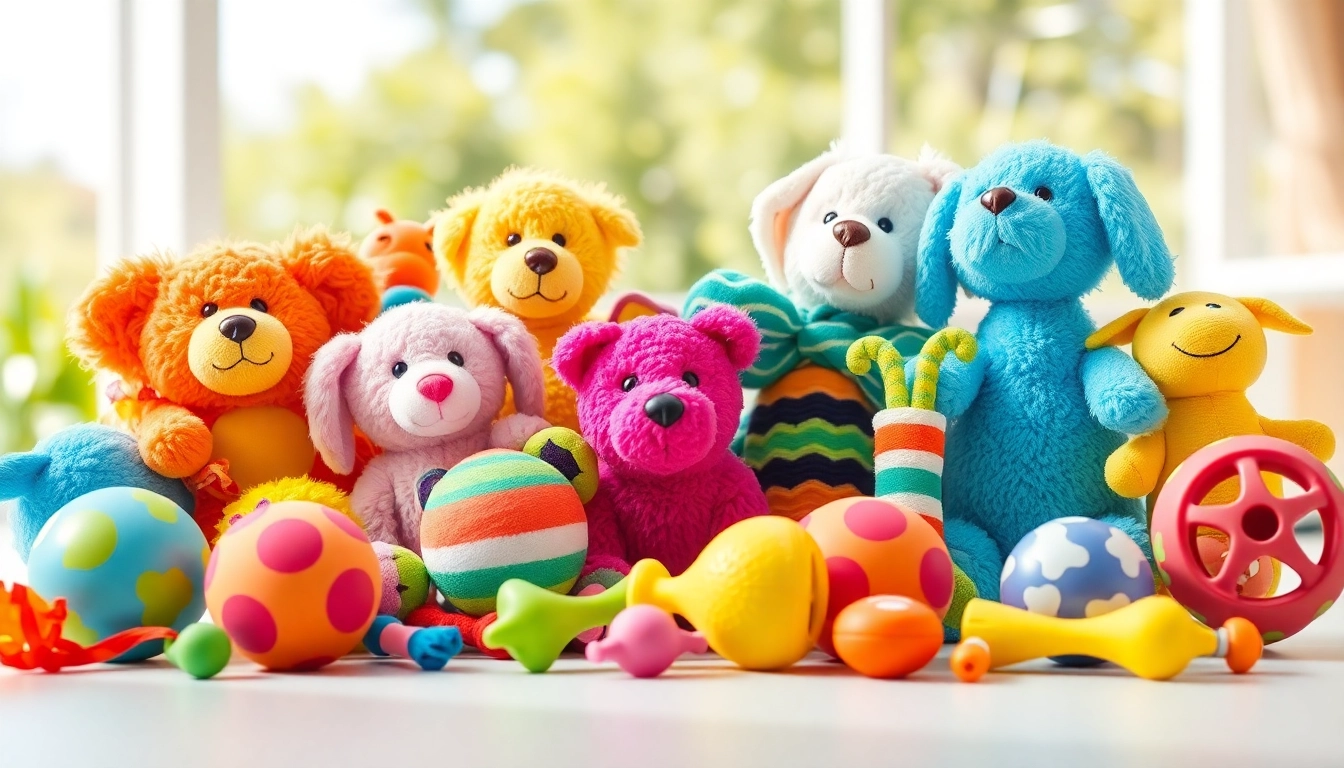Understanding the Importance of a Small Dog Harness
Choosing the right gear for your furry friend is essential for their comfort, safety, and overall enjoyment during walks and adventures. Among the various options available, the small dog harness stands out as a superior choice compared to traditional collars. This article explores the benefits of small dog harnesses, how to select the right type and size, and proper fitting techniques that ensure safety and comfort for your pet.
Benefits Over Traditional Collars
While collars may be the standard choice for many pet owners, small dog harnesses offer several advantages that make them worth considering:
- Enhanced Comfort: Harnesses distribute pressure evenly across the dog’s chest and back, reducing strain on the neck and throat, particularly for small or fragile breeds.
- Better Control: Harnesses often give owners more control over their dogs, making it easier to manage pulling behavior, which can lead to fewer injuries for both dog and owner.
- Improved Safety: In instances where a dog may attempt to escape or slip out of a collar, a properly fitted harness provides a more secure means of restraint, minimizing the risk of accidents.
- Reduced Risk of Injury: For breeds prone to injury, such as those with respiratory issues or spinal problems, harnesses can prevent harmful pressure being exerted on sensitive areas.
Choosing the Right Size for Your Pet
Choosing the correct size for a harness is crucial to ensure that it performs its intended function effectively. An ill-fitting harness can lead to discomfort, chafing, or even escape. The following steps will help you choose the right size:
- Measure Your Dog’s Girth: Use a soft measuring tape around the widest part of your dog’s chest, just behind the front legs. This measurement will guide you in selecting a harness that fits snugly without being too tight.
- Check Weight Specifications: Many harnesses provide weight ranges to help guide size selection. Ensure that your dog’s weight corresponds with the recommended size metrics provided by the manufacturer.
- Consider Breed Characteristics: Some small breeds may have unique body shapes that could necessitate custom sizing, especially for pups with broader chests or more petite builds.
Safety Features to Look For
When selecting a small dog harness, always prioritize safety features. Here are some key aspects to consider:
- Reflective Elements: Look for harnesses that have reflective straps or stitching to enhance visibility during nighttime walks.
- Secure Fastenings: Double or custom fastenings are ideal, as they help ensure that the harness stays securely in place during walks.
- Padding: A harness with adequate padding can protect your dog’s skin and fur from rubbing and chafing.
Types of Small Dog Harnesses
Small dog harnesses come in various configurations, each designed to meet the needs of different dogs and their owners. Understanding these options can help you make an informed choice.
Front-Clip vs. Back-Clip Harnesses
One of the primary distinctions between small dog harnesses is whether they attach at the front or the back.
- Front-Clip Harnesses: These harnesses attach at the dog’s chest, offering better control for dogs that tend to pull. This design redirects their attention back to you and can minimize the likelihood of aggressive behavior towards other dogs.
- Back-Clip Harnesses: These are easier to put on and are suited for calm dogs that don’t pull excessively. They provide a comfortable fit and can be a good option for dogs who feel anxious or restricted by more complex designs.
Adjustable vs. Non-Adjustable Options
Another important consideration is whether to choose an adjustable or non-adjustable harness:
- Adjustable Harnesses: These harnesses allow for customization in fit, accommodating changes in weight and body shape as your pet grows or as their fur density changes. They provide a more tailored fit, which can enhance comfort and security.
- Non-Adjustable Harnesses: While these harnesses generally have a simpler design, they may not offer the same level of fit versatility. However, they tend to be easier to use and may be ideal for a single dog with consistent body measurements.
Material Considerations for Comfort
The material of the harness plays a significant role in both comfort and durability. Consider the following materials:
- Nylon: Lightweight and durable, nylon is often used in harnesses and offers a comfortable fit for everyday use.
- Neoprene: This material provides excellent cushioning and is water-resistant, making it ideal for active dogs that enjoy water-related activities.
- Breathable Fabrics: Look for harnesses with breathable mesh panels to enhance airflow, especially during warmer weather.
How to Properly Fit a Small Dog Harness
A well-fitted harness ensures safety and comfort for your dog. Follow these steps to achieve the right fit:
Measuring Your Dog Accurately
Begin by taking accurate measurements:
- Neck Measurement: If applicable, measure the circumference of your dog’s neck, which will help if the harness design incorporates a neck strap.
- Chest Girth Measurement: As mentioned earlier, measure around the widest part of the chest just behind the front legs to get an accurate reading of girth.
- Length Measurement: For some designs, you may also want to measure from the base of the neck to the base of the tail.
Step-by-Step Fitting Guide
Once you have your measurements, it’s time to fit the harness:
- Open the harness and lay it flat.
- Slide your dog’s head through the neck opening.
- Wrap the belly strap around your dog’s body and secure it so it’s snug but not too tight.
- Check for comfortable fit by sliding two fingers under the straps; adjust if necessary.
- Observe how your dog moves with the harness on; they should not appear uncomfortable or restricted.
Common Mistakes to Avoid
Here are some fitting mistakes to avoid:
- Incorrect Sizing: Always verify the manufacturer’s size chart and never assume that your dog’s size will be the same across different brands.
- Over-Tightening: While it’s important for the harness to be secure, an overly tight harness can cause chafing or restrict movement.
- Neglecting Regular Checks: As your dog grows or loses weight, check the fit of the harness regularly to ensure it remains appropriate.
Top Brands for Small Dog Harnesses
With numerous options available, here’s a comparative analysis of some leading brands in small dog harnesses.
Comparative Analysis of Popular Brands
Here’s a look at a few top-rated brands:
- PetSafe: Known for its durable and functional designs, PetSafe harnesses cater to a variety of small dog breeds, providing options with both front and back clips.
- Blue-9: The Balance Harness from Blue-9 is notable for its adjustability and range of sizes, making it a popular choice among dog training experts.
- Ruffwear: Focused on adventure-oriented designs, Ruffwear harnesses are built for durability and comfort, suitable for active small breeds.
User Reviews and Recommendations
User feedback can provide valuable insights when selecting a small dog harness. Here are highlights from user reviews:
- Comfort: Many users praise how their dogs accept and enjoy wearing harnesses compared to collars, especially during long walks.
- Ease of Use: Reviews often highlight the simplicity of putting on and taking off various harnesses, with front-clip styles receiving particular praise for their effectiveness in keeping dogs focused on their owners during walks.
- Durability: Consumers frequently mention the longevity of harnesses, emphasizing those that withstand tugging and running without significant wear.
Where to Buy: Online vs. In-Store
The choice between purchasing a harness online or in physical stores largely depends on personal preference:
- Online Shopping: Offers a vast selection, and often better prices. Detailed product descriptions and user reviews can help inform your decision.
- In-Store Shopping: Allows you to physically inspect the harness, check fit, and consult with staff for recommendations based on your dog’s specific needs.
Training Your Dog to Wear a Harness
Once you’ve selected a harness that fits well, it’s crucial to introduce it to your dog gradually to promote comfort and acceptance.
Introduction Techniques for Comfort
Start fostering a positive relationship with the harness:
- Acclimation: Allow your dog to sniff and explore the harness before putting it on. Consider rewarding exploration with treats to create a positive association.
- Short Sessions: Begin by letting your dog wear the harness for short periods around the house, gradually increasing the duration as they become more accustomed to it.
Positive Reinforcement Strategies
Utilizing positive reinforcement can make a significant difference:
- Use Treats: Reward your dog with treats immediately after putting the harness on and during their first walks to build a positive association.
- Encouraging Calm Behavior: Always praise your dog when they remain calm while wearing the harness, reinforcing desired behavior.
Gradually Increasing Wear Time
As your dog becomes comfortable with the harness, gradually increase the time they wear it. Set reasonable goals for wear time during different activities, making sure to observe your dog’s body language throughout the process.
By ensuring a gradual introduction, and matching the harness to your dog’s needs, you will ultimately find the perfect solution for safe, enjoyable walks and adventures with your beloved pet. A small dog harness can provide a wealth of benefits, enhancing the overall experience for both you and your furry friend.



